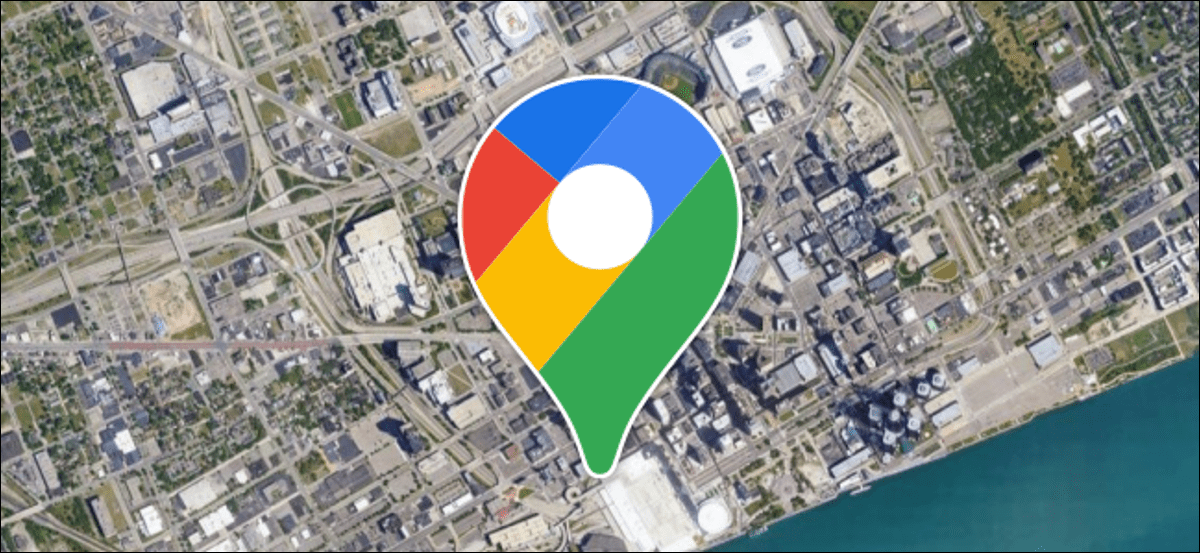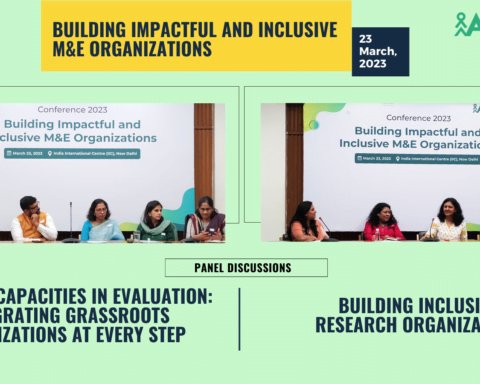“Climate change is one of the most significant threats we face, hurting our health, economics, and future on our planet,” Sundar Pichai, CEO of Google and Alphabet, stated
Google announced a slew of improvements to many of its main products on Wednesday, aimed at making it easier for customers to make sustainable decisions. Sundar Pichai, the CEO of Google and its parent firm Alphabet, stated in a prerecorded video during a virtual press event Tuesday that “climate change is more than a threat.” “It’s a serious and immediate threat.” Climate change is the most serious risk we face, affecting our health, economies, and future together on this planet.” From wildfires to flooding to more frequent and severe storms, climate change is the most serious risk we face.
Google has long been a pioneer in the field of environmental stewardship. Since 2007, it has purchased carbon offsets to balance all carbon-emitting energy sources, and it has vowed to run on carbon-free energy by 2030. “That means every inquiry you ask Google, every email you write, and every YouTube movie you watch will be delivered carbon-free,” Pichai explained. “We conceive of this as a moonshot,” says one participant, referring to a long-term bet that could have a significant impact.
Google intends to make sustainability a more straightforward decision with the new product modifications, according to Pichai. The adjustments Google is making to its products are listed below. Some of these changes are available now, while others will be accessible later. When the time it takes to make a trip is about the same as it would be without considering carbon emissions, Google Maps will default to the most environmentally friendly route. This product upgrade was announced in March, but it goes into effect on Wednesday in the United States and in 2022 in Europe. According to Sarah-Jayne Williams, a director for Google Maps, fuel usage is calculated based on road inclination, traffic congestion, and traffic estimates.





























